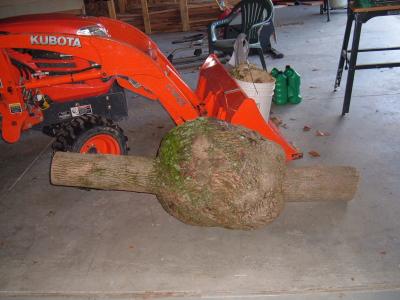Question
Iíve been scratching my head over this one. I need to make a male and female template that fit each other exactly. How do you make a male pattern from a female or visa versa?
Forum Responses
(Furniture Making Forum)
From contributor R:
A low tech method is to make one template by router or hand, then cut a rough approximation of the matching half out of another piece of MDF. Wax your exact template and pin it to a waxed or polythene covered board, mount your rough cut board a few mm away from it. Next get some smooth automotive bodyfiller and fill in the gap. When it sets, break the two apart and you will have the perfect mate. Sometimes it helps to tooth the rough edge with some small bandsaw cuts to provide a key. There is another way using two guide bushes, but it is somewhat more complicated.
Let's assume you want to make a curved lipping to go onto the edge of a curved top, and let's also assume it is not a true arc, so you could not create it using a trammel bar or the 3 stick method of creating a large radius.
You need to draw the joint line in plan on a piece of MDF. Next, you need to draw the smaller master template. To do this, you need to know what size guide bushes you are to use. The important thing here is that the difference in outside diameter of the two guide bushes is double that of your straight cutter.
For example, assuming a 10mm cutter, a 15mm and a 35mm guide bush would work. With this setup, you would need to mark out your master template 12.5mm smaller than your actual joint line and then cut out and shape to the line. As I said earlier, you do not have to be precise here - just be aware that any lumps or bumps will be apparent in the joint line, but not as a gap.
Next, set your router up with one of the guide bushes and screw or pin your master template onto your actual template material. If you have the smaller guide bush in, you are creating the lipping template. The important element is to keep pressure against your master template.
Next put a fresh piece of template material under your master template and swap over guide bushes and cut. It sounds complicated, but once you have the right combination of cutter bushes, you can have some fun, if you can draw a shape and it can be a real squiggle, i.e. completely random shape. You can then make two templates that fit into each other perfectly.
Contributor G, if I farm this out, I'll be out money and experience, but I understand your thinking. Thanks to both of you.
